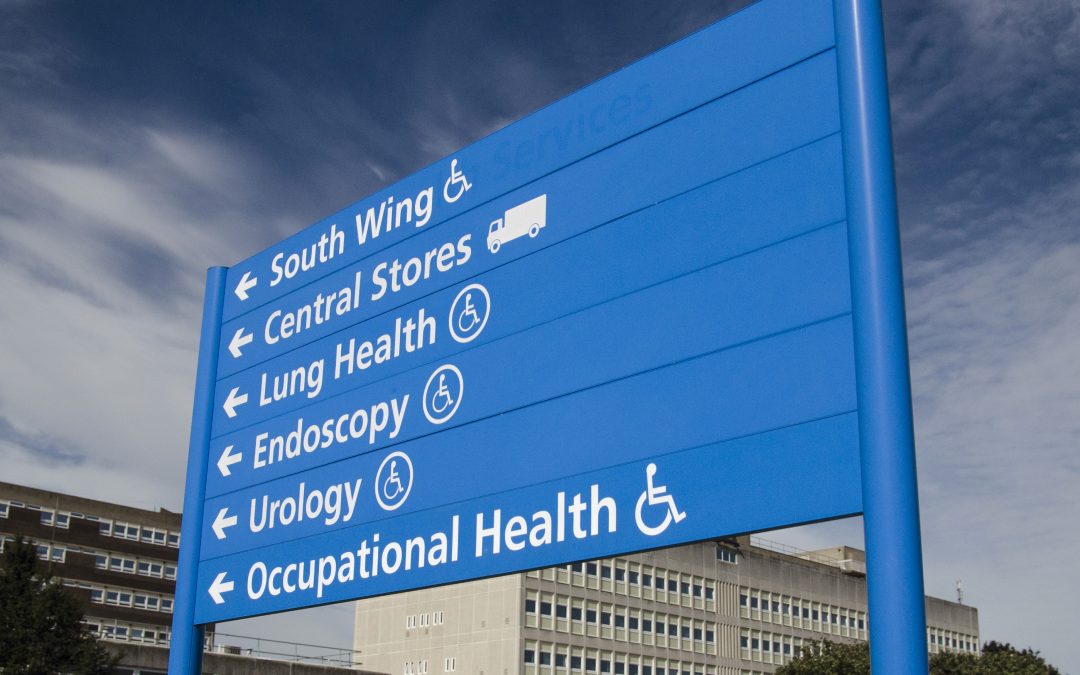For the most part, most people don’t notice wayfinding signs. They often blend into the aesthetic of the pathway or aren’t helpful. Although the people who see these signs every day will learn to look past them no matter how much they stand out. It’s vital that you can help people get to where they need to go and custom wayfinding signs can do just that.
Build Effectiveness with a Wayfinding Program
Wayfinding alone is not enough if it’s not consistent or present throughout your building. That said, there may be areas of the building that don’t need wayfinding signs.
Create a wayfinding program around these best practices:
- Provide signage in any area of the building that may have clients, customers, or visitors regularly.
- Make your signs visually consistent
- Use color coding, directional arrows, and formatting consistent with different aspects of your building
Perhaps the most impactful aspect of your wayfinding program is the visual cues. You’ve probably seen excellent and terrible examples of this in hospitals. Always consider who will be using the signs.
Choose Consistent Language Over Technicality
Language is a primary issue with ineffective wayfinding signs, and it’s another area to focus more on the sign users. Consider a few aspects of language choice, including how the words visually look near each other and the regular use of the terms as well.
For example, imagine seeing “Otolaryngology” next to “Otology.” It’s confusing, both begin and end the same way. Choosing to use technical terminology can become confusing and render your wayfinding signs ineffective. Another effective strategy is choosing familiar terms such as “Ear, Nose, and Throat,” or “Diagnostic Testing.”
Another language tactic is to label your departments as “1A” or “Floor 2, Section B,” which can significantly cut down on confusion. However, this approach does require a fair amount of staff training.
Less is Always More
Visually, when it comes to the text, and regarding the number of signs you have, less is always more. Your directory signs and wayfinding signs should be very different. Focus on developing a plan which puts fewer signs in collective areas. Excluding major key hallway intersections, you should not have more than three signs clustered together.
To begin crafting a winning wayfinding sign strategy contact Graphplex. We’ve spent years helping businesses of all sizes, and cities implement custom signs that work. Complete a quick contact form or call our offices at 954-920-0905, and we’ll have one of our sign design professionals help you promptly.



Recent Comments